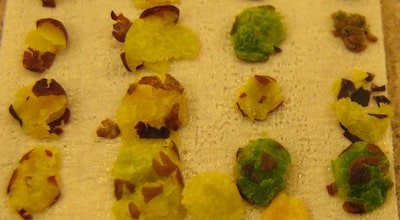Stands with low plant counts and high amounts of branching are at higher risk of elevated green seed counts because they tend to mature later. The amount of branching can relate to the seeding rate and stand establishment.
Growers can plan at this time of year to make sure they have enough seed purchased to achieve the target plant stand of 7-10 plants per square foot, which will provide a more uniform-maturing stand and a lower green count, usually.
Take note of the maturity ratings for each variety. An earlier-maturing variety seeded in May is less likely to have high green counts because the frost risk at harvest is reduced. However, if a grower has two varieties with the same maturity seeded on the same day, these varieties may not be ready to swath at the same time. Plant stand and field fertility will factor into actual days to maturity. Thin stands and high levels of nutrition will each extend maturity.
Decisions to reduce seeding rates might be possible at seeding time based on soil temperature, soil moisture and seeding date — factors that can improve seed survival and perhaps justify a lower rate. With only one chance to establish a competitive crop, keeping your seeding rate up is one of the best ways to ensure an adequate plant stand.
The Canadian Grain Commission has chlorophyll levels by province for 2012 (as of November 5.)
